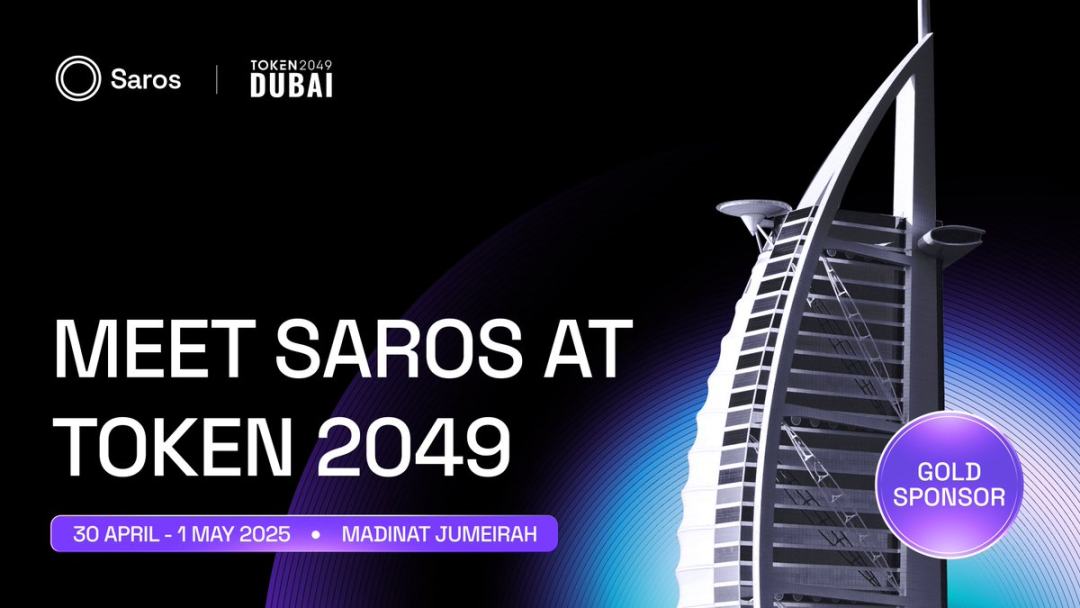Perhaps in the future, DLMM will become the "standard configuration" of all DeFi projects, just like Uniswap V3 did back then.
Written by: 0xResearcher
After attending the TOKEN2049 conference in Singapore recently, I had a strong feeling: in the DeFi circle, the old topic of "liquidity" is ushering in a new technical upgrade. Many projects in the Solana ecosystem have obviously put a lot of effort into liquidity management, especially when it comes to dynamic liquidity management (DLMM), everyone's eyes will light up.
In fact, it is easy to understand. In the past six months, the DeFi activity on the Solana chain has soared, Meme coins on the chain have emerged in an endless stream, and TVL has rebounded all the way, which seems to be thriving. But if you look closely, you will find that new problems have also arisen: there are more projects, liquidity is dispersed, many trading pairs are insufficient in depth, slippage is high, user experience is compromised, and the income of LP (liquidity providers) is getting more and more volatile.
This just provides the stage for new technologies such as DLMM.
Dynamic Liquidity: DeFi’s New Weapon
Simply put, DLMM (Dynamic Liquidity Market Making) is a step forward based on the centralized liquidity of Uniswap V3.
In the past, when LPs provided liquidity, they had to manually adjust the range themselves, which was very troublesome. However, DLMM has achieved dynamic and automatic adjustment, and can intelligently allocate funds according to market conditions, saving LPs time and worry.
Its advantages are actually very intuitive:
- Automatically resist market fluctuations, no need to worry about sharp price fluctuations
- Improve the utilization rate of funds and make every penny work online
- Reduce transaction slippage and make the user experience smoother
At the TOKEN2049 site, many project parties were talking about DLMM, and some even joked: "In the future, Solana DeFi will be embarrassed to issue coins without DLMM."

Why does the Solana ecosystem urgently need this upgrade?
To put it bluntly, Solana now has too many people and not enough money.
Although the TVL on the chain has rebounded, the explosive growth of projects has led to dispersed liquidity; especially new projects, which are often complained about "high slippage and shallow depth" as soon as they go online. For old DeFi, if the capital efficiency cannot be improved, the LP's income will not be able to attract new users.
At this time, the dynamic adjustment mechanism of DLMM is like adding "AI driving" to the liquidity market.
It allows funds to "move" automatically, always concentrating in active market areas, without wasting or leaving them idle, thus helping the DeFi ecosystem as a whole to "recover".
How does DLMM change the trading experience?
Take Saros, a well-known project on the Solana chain, as an example. They recently launched the DLMM mechanism, which has been quite effective.
From what I understand, Saros achieves several things with DLMM:
- User transaction slippage has been reduced, especially on some Meme coin pairs, the experience is smoother
- LP returns have increased because the capital utilization rate has significantly increased
- Liquidity concentration increases, and new projects can quickly provide depth when they are launched
During TOKEN2049, the Saros team also mentioned in their sharing that they plan to open the DLMM model to more projects, providing "liquidity as a service" (LaaS) to help the Solana ecosystem solve the problem of dispersed liquidity.
From a soft perspective, this is actually a DeFi infrastructure upgrade solution, and DLMM is its core engine.

The next outlet for DeFi may be hidden in "liquidity"
From the conference trends, on-chain data to actual user experience, we can see that:
- Dynamic Liquidity Management
- Liquidity as a Service (LaaS)
- Improved capital efficiency
These are quietly becoming the key engines for the next round of growth for Solana and the entire DeFi market.
Perhaps in the future, DLMM will become the "standard configuration" of all DeFi projects, just like Uniswap V3 did. And whoever can make good use of this new weapon first may also take the lead in this recovery cycle.













